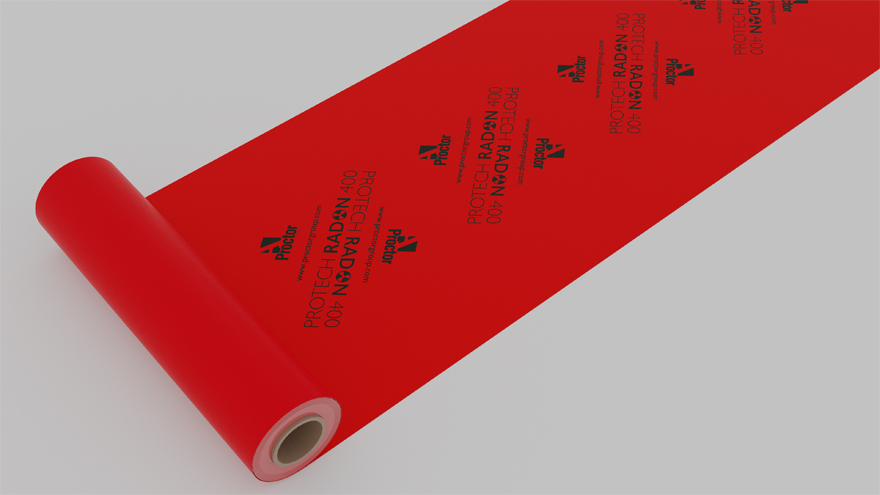The main challenge of dealing with radon is that there is no practical way of eliminating or neutralizing its source. Contrasted with other ground gases that are the result of pollution or historical land usage, radon is the product of natural geological processes that have been going on for eons. High radon concentration is linked to the regions in the UK with the most granite bedrock such as South West England, the Peak District, and Aberdeenshire.
The only way to manage the risk of dangerous in-house radon concentrations is to prevent the radon from getting indoors in the first place. The most common way to do this is through the installation of a ground gas barrier membrane.
There are some key considerations when choosing an appropriate radon membrane:
– Meets Guidance Requirements: The BBA requires membranes to be a minimum 0.4mm (400 microns) thick to be eligible to be called a radon barrier
– Good Strength and Elongation Properties: This is particularly important for membranes being installed under solid concrete slabs, as the concrete pour may stretch weaker membranes.
– ‘Thicker’ Doesn’t Mean ‘Better’: Membranes that are significantly thicker than 0.4mm may provide specifiers peace of mind but will more difficult to install on-site. Cumbersome membranes may work against fine detailing work in corners and around floor penetrations, resulting in an imperfect ground gas seal and costly remediations.
In response, the A. Proctor Group Ltd. have unveiled their latest ground gas protection membrane: Protech Radon 400. This membrane is reinforced to resist stretching and elongation. Made of virgin material, Protech Radon 400 is extremely robust but remains flexible and easy to handle, even at very low temperatures. The membrane junctions can be taped or welded and, at just over 0.4mm thick, makes detailing quick and easy
